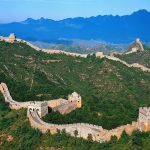When director Zhang Yimou, the mastermind behind Hero and Raise the Red Lantern, joined forces with Hollywood’s Matt Damon, it was bound to be a cinematic spectacle. The Great Wall (2016) isn’t just a thrilling fantasy epic—it’s a visual journey through some of China’s most breathtaking landscapes. While the monumental Great Wall itself plays a starring role, the film’s striking backdrops also include Dunhuang’s Yadan Ghost City, Zhangye’s Rainbow Mountains, Qingdao’s cutting-edge Oriental Movie Metropolis, and Beijing’s legendary Huairou Film Base.
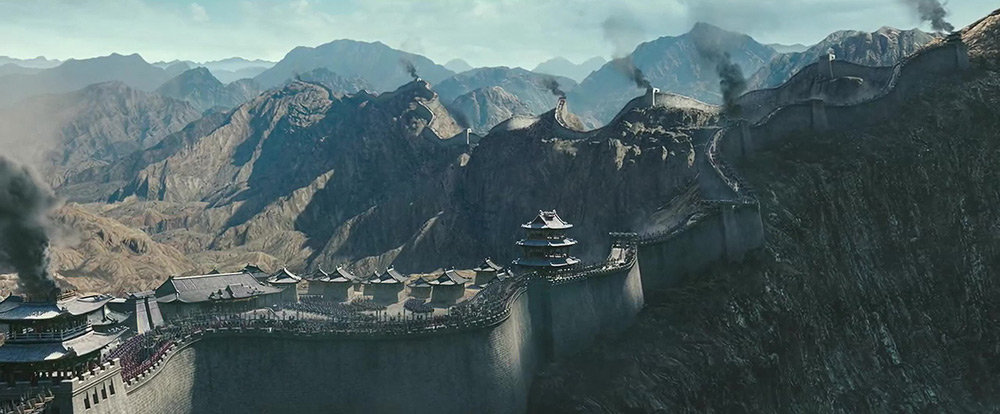
Let’s dive into these real-life fantasy worlds, where history, nature, and movie magic blend seamlessly into one epic adventure!
The Great Wall: The Ultimate Cinematic Fortress
What’s a movie called The Great Wall without the Great Wall itself? This 7,000-kilometer-long marvel is more than just a historical landmark—it’s a legend woven into the landscape of China. In the film, this ancient stronghold is reinvented as a mighty defense against monstrous invaders, complete with breathtaking battles, gravity-defying stunts, and Zhang Yimou’s signature bold color palettes.
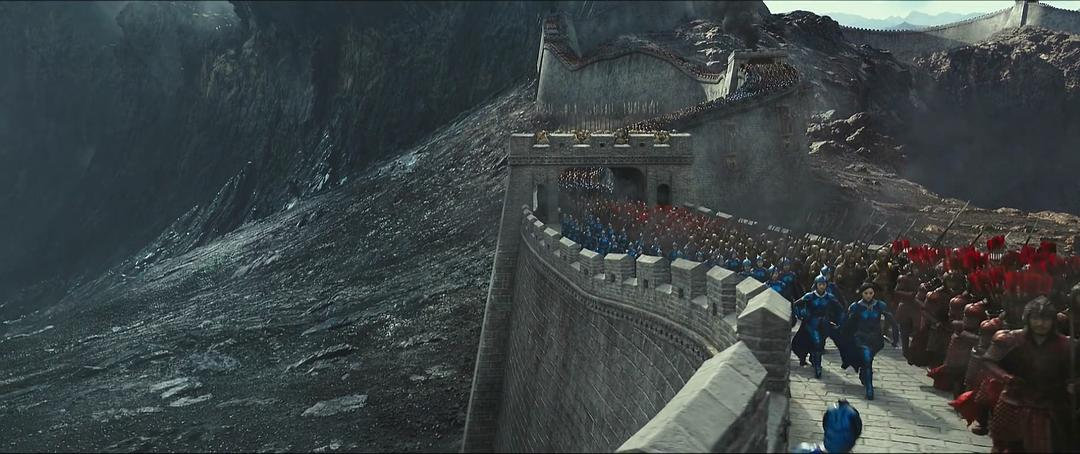
Although large-scale action sequences were recreated on elaborate sets, many shots feature real sections of the Great Wall, adding authenticity and grandeur. While some locations were digitally enhanced, visitors can still explore sections like Badaling, Mutianyu, and Simatai, where the majestic scenery captures the spirit of the film. Whether you’re battling mythical creatures in your imagination or simply soaking in the view, standing on this ancient wonder feels like stepping into a legend of your own.
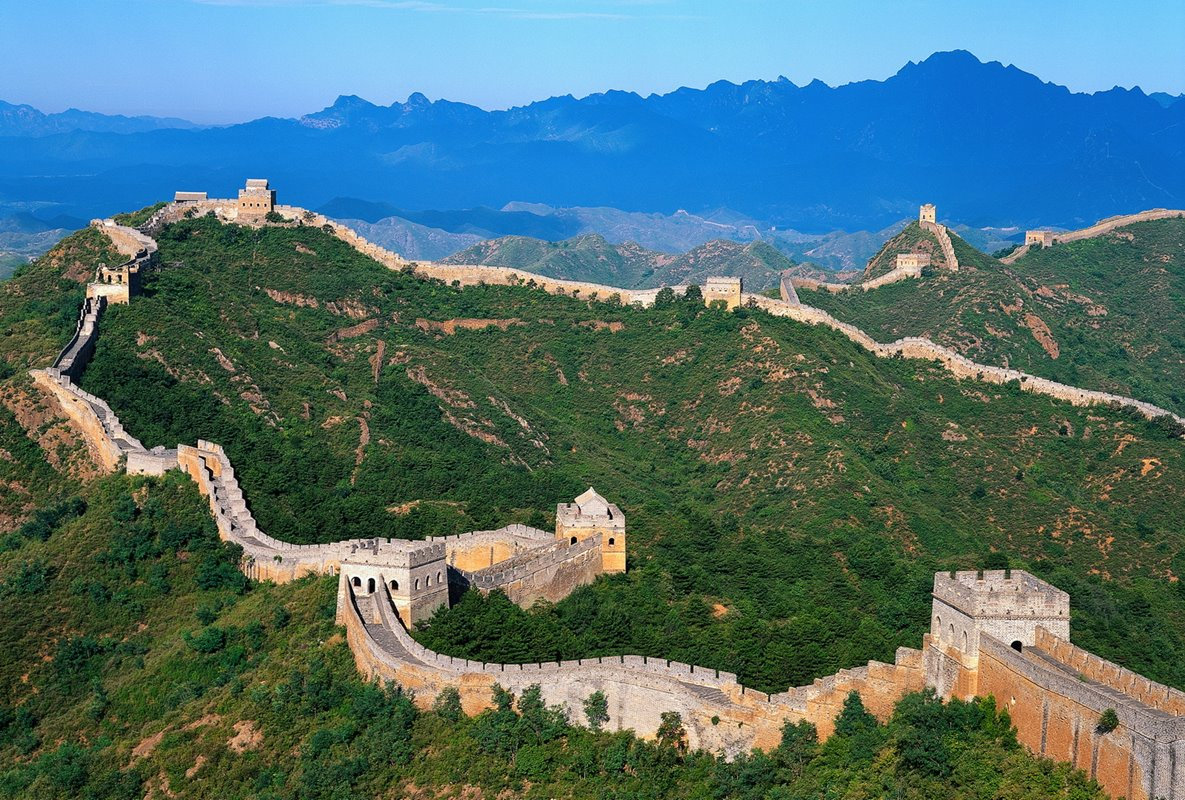
Zhangye Danxia Rainbow Mountains: A Canvas of Nature
If Yadan Ghost City is a land of shadows and whispers, then Zhangye Danxia National Geological Park (张掖七彩丹霞景区) is a place where the earth dreams in color. Often called the Rainbow Mountains, this UNESCO-listed site looks like an artist spilled paint across the hills, creating a surreal landscape of red, orange, yellow, and green-striped ridges.
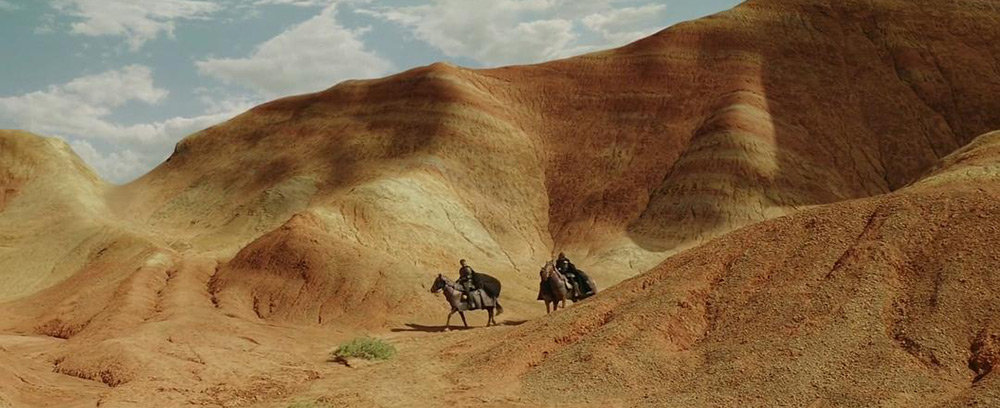
In The Great Wall, Zhang Yimou used this dazzling backdrop to contrast with the film’s darker, action-heavy sequences. The striking colors and rolling, wave-like hills added a sense of mythical wonder, making it feel like the Great Wall itself stood guard over an enchanted land.
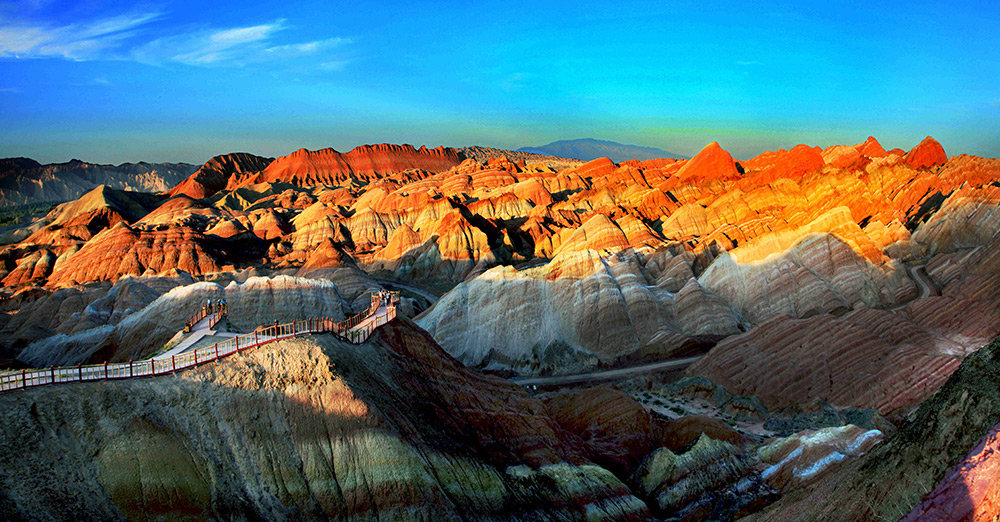
Beyond its Hollywood debut, the Rainbow Mountains are a must-visit destination for travelers. The best time to visit? Sunrise or sunset, when the hues are at their most vibrant, and the hills seem to glow with an inner fire.
Dunhuang Yadan Ghost City: A Land of Wind and Legends
Deep in the Gobi Desert, where the wind howls like a ghost and the rocks stand like ancient sentinels, lies Dunhuang Yadan National Geopark, better known as Yadan Ghost City (雅丹魔鬼城). This otherworldly landscape, shaped by thousands of years of wind erosion, is filled with towering rock formations that resemble castles, temples, and mythical creatures.
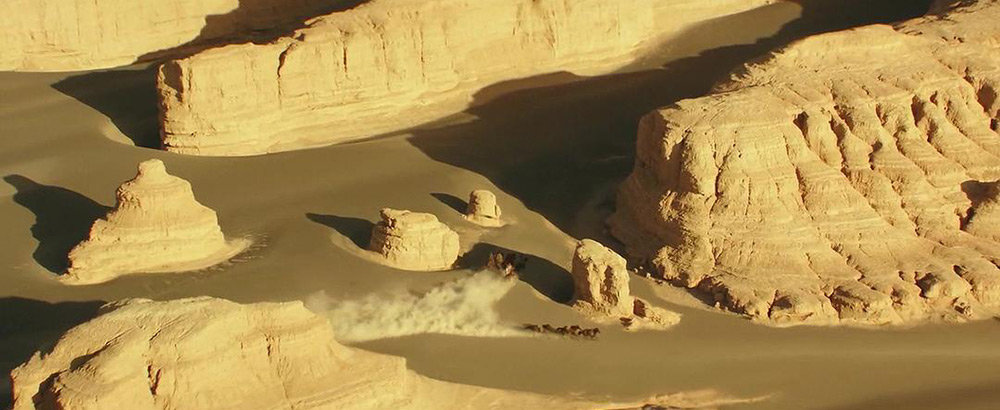
In The Great Wall, this desolate and windswept terrain became the perfect setting for scenes of mystery and danger, adding an eerie, almost alien feel to the film. The vast golden-brown expanse, with its rugged ridges and sculpted cliffs, looks like a place where secrets of the past might still be buried beneath the sand.
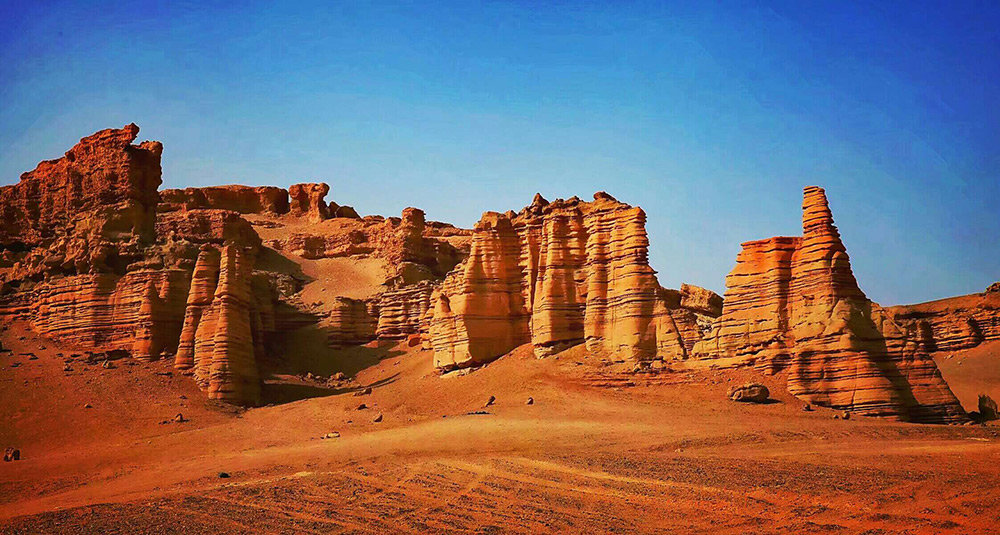
Even without legendary creatures attacking, visiting Yadan Ghost City feels like stepping into another world. Travelers can wander through its winding rock corridors, listen to the whispering wind, and imagine the tales hidden in these ancient stone giants.
Qingdao Oriental Movie Metropolis: China’s Hollywood
Not all the magic in The Great Wall came from natural landscapes—some of it was built from scratch in Qingdao’s Oriental Movie Metropolis (青岛东方影都). As one of the largest film studios in the world, this state-of-the-art production base features massive indoor sets, high-tech soundstages, and even an artificial lake for water scenes.
Here, filmmakers recreated detailed interiors, grand fortresses, and action-packed battle sequences in a controlled environment, allowing for jaw-dropping visual effects and epic set pieces. Zhang Yimou is no stranger to elaborate productions, and Qingdao’s cutting-edge facilities helped bring his vision of ancient China under siege to life.
While most visitors can’t step onto the exact movie sets, Qingdao Oriental Movie Metropolis has since opened as a tourist attraction, offering behind-the-scenes tours, interactive exhibits, and even themed experiences where fans can walk through famous film locations.
Huairou Film Base: The Heart of Chinese Filmmaking
While Qingdao’s studios provided Hollywood-level technology, Huairou Film Base (怀柔基地)—located just outside Beijing—played a key role in bringing traditional Chinese filmmaking techniques into the mix.
As one of China’s most important film production centers, Huairou has been the birthplace of countless historical dramas and martial arts epics. For The Great Wall, it served as another major indoor filming location, where detailed set constructions and action choreography came together under Zhang Yimou’s expert direction.
This base has hosted some of China’s most famous films, from historical war sagas to mythical adventures, making it a legendary spot in the country’s cinematic history.
Beyond the Screen: Visiting the Filming Locations
If The Great Wall inspired you to explore China’s stunning landscapes, you can step into the movie’s scenes by visiting its breathtaking filming locations. Dunhuang Yadan Ghost City is best experienced at sunset, when the fading light casts an eerie glow over its wind-sculpted rock formations—just be ready for strong desert winds and endless open skies. For a splash of surreal color, head to Zhangye Danxia Rainbow Mountains at sunrise or sunset, where the vibrant, layered hills create a dreamlike panorama straight out of a fantasy film. If you want to see how the magic was made, Qingdao Oriental Movie Metropolis offers studio tours that take you behind the scenes of blockbuster productions. Lastly, while Huairou Film Base isn’t always open to the public, film buffs can still explore nearby sections of the Great Wall, where history and cinema blend seamlessly into one epic story.
A Movie, A Journey, A Legend
The Great Wall may be a fantasy epic, but its filming locations are very real—and each one tells a story far older than the movie itself. From the silent whispers of Yadan’s wind-sculpted rocks to the breathtaking colors of Zhangye’s painted hills, these landscapes prove that China’s natural beauty is its own cinematic masterpiece.
Whether you’re a movie lover, an adventurer, or a dreamer, visiting these places is like stepping into a world of legends, where history and fantasy blend seamlessly under China’s endless sky.
Contact us today to craft your dream China adventure!

